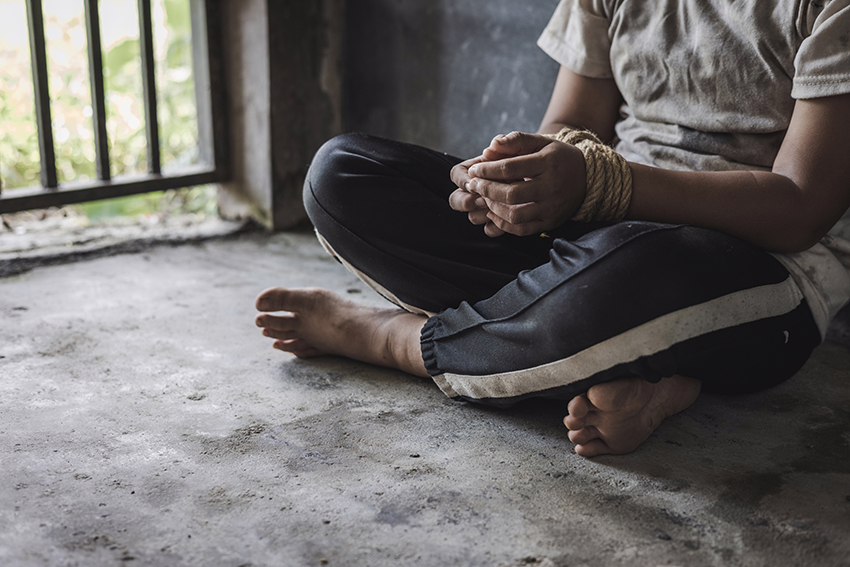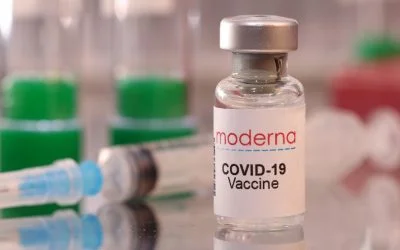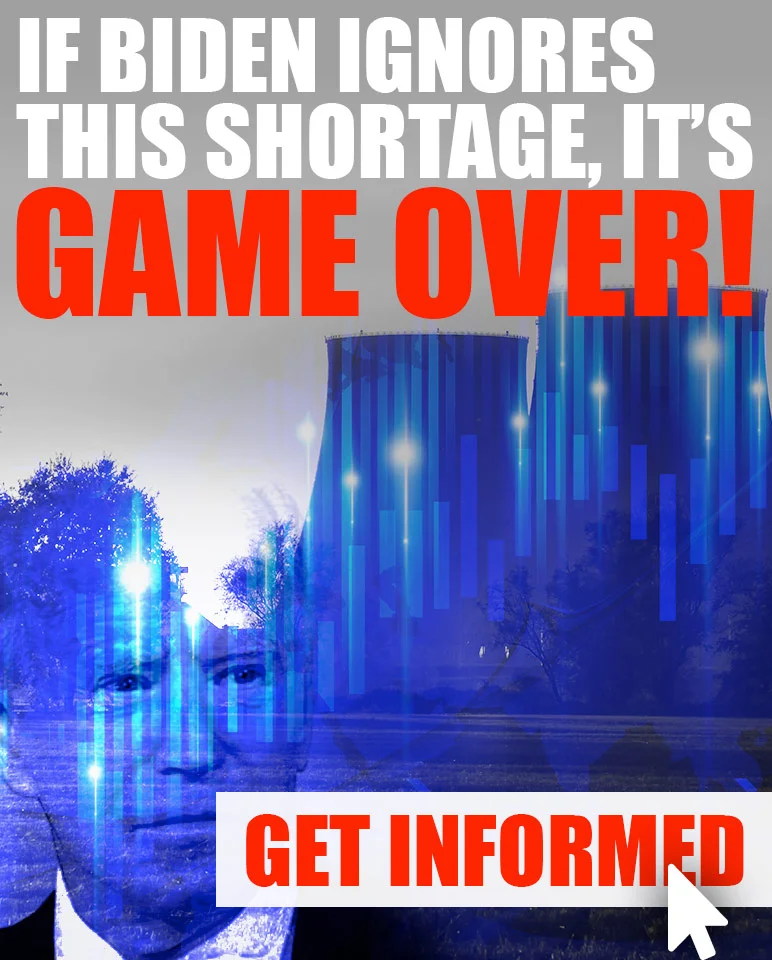In the shadowy world of human trafficking, a complex web of interactions unfolds between the US government, non-profit organizations, and Mexican cartels. This intricate relationship shapes the landscape of modern-day slavery, with far-reaching implications for victims, law enforcement, and society at large.
At the heart of this nexus lies the insidious trade in human lives orchestrated by Mexican cartels. These powerful criminal organizations exploit vulnerable individuals, often from impoverished regions, for profit. Trafficking victims are subjected to various forms of exploitation, including forced labor, sexual slavery, and servitude. The cartels’ extensive networks and resources enable them to operate with impunity, making it challenging for law enforcement agencies to combat this heinous crime.
Against this backdrop, non-profit organizations play a crucial role in the fight against human trafficking. These grassroots initiatives provide essential support services to survivors, including shelter, legal assistance, and rehabilitation programs. They also engage in advocacy efforts to raise awareness, mobilize resources, and push for policy reforms aimed at combating trafficking and protecting victims’ rights.
However, the relationship between non-profits and the US government in addressing human trafficking is complex and multifaceted. While both share a common goal of eradicating this crime, their approaches and priorities often diverge. Non-profits may operate independently of government agencies, relying on private donations and volunteer support to sustain their activities. This autonomy allows them to respond nimbly to the evolving needs of trafficking survivors and fill gaps in services that government programs may overlook.
On the other hand, the US government plays a central role in shaping anti-trafficking policies and coordinating law enforcement efforts. Through agencies such as the Department of Homeland Security (DHS) and the Department of Justice (DOJ), the government allocates resources, implements prevention strategies, and prosecutes traffickers. Additionally, federal laws such as the Trafficking Victims Protection Act (TVPA) provide a legal framework for combating trafficking and supporting survivors.
However, despite these efforts, human trafficking remains a pervasive and growing problem, particularly along the US-Mexico border. Mexican cartels exploit the porous border to traffic individuals into the United States, taking advantage of vulnerabilities in immigration systems and law enforcement capacity. This illicit trade not only inflicts untold suffering on its victims but also poses significant challenges for those tasked with combating it.
Moreover, the dynamics of human trafficking intersect with broader issues of immigration, labor exploitation, and organized crime. The demand for cheap labor in industries such as agriculture, hospitality, and construction creates fertile ground for traffickers to exploit vulnerable migrants seeking better opportunities in the United States. This intersectionality underscores the need for a holistic approach that addresses the root causes of trafficking while also addressing systemic injustices and inequalities.
In this complex landscape, collaboration between the US government, non-profit organizations, and other stakeholders is crucial. By leveraging their respective strengths and resources, they can enhance prevention efforts, improve victim assistance, and strengthen law enforcement responses to trafficking. This requires sustained commitment, coordination, and investment in initiatives that prioritize the protection of human rights and dignity.
In conclusion, the relationship between the US government, non-profit organizations, Mexican cartels, and human trafficking is characterized by competing interests, power dynamics, and ethical considerations. While each actor plays a distinct role in addressing this crime, their collective efforts are essential to combating trafficking, protecting survivors, and upholding the principles of justice and human rights. Only through collaborative action can we hope to dismantle the networks of exploitation and create a world where every individual is free from the scourge of modern-day slavery.











Comments